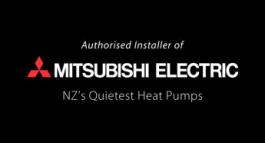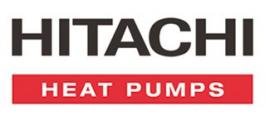
Environmental Chambers
Design Engineering
Electrical
Farm Vat Chillers
Hot Water Heat Recovery
Display Fridges/Freezers
Vacuum Systems
Mitsubishi Electric Heat Pumps
Hitachi Heat Pumps
Carrier Heat Pumps
Fujitsu Heat Pumps
Temperzone
Independent Refrigeration Whakatane your local ice bank experts. Meet the MPI cooling regulations by installing an ice bank. An Ice Bank performs snap chilling at a high level, utilising off-peak power. Refrigeration is crucial to ensuring your milk is cooled and stored at the correct temperature. We understand that not all farms are the same which is why we tailor our solutions to match your power, water availability and primary cooling in your dairy shed. Whether your herd is big or small snap chilling could be the answer. Get in touch with our team today to discuss options for your farm.
Click here to shop our Snap Chilling Ice Banks
Call us today on 07 308 7787, visit our website or click here to send an email
10 Advantages
- Compact – small footprint (easily installed on the majority of farms)
- Ice made between milkings avoids any impact on the power supply
- Low mechanical failure risk
- Long-lasting concrete storage tank (can be buried)
- Several ice bank options are available to suit your needs
- Simplistic design and reliability (No maintenance required)
- Minimum water requirement so ideal for farms with limited water supply
- Cups off temperature of 6°C or under
- Reduce your carbon footprint
- Independent Refrigeration will supply, deliver, install and commission your system
Call us today on 07 308 7787, visit our website or click here to send an email
How does an ice bank work?
As the name suggests an Ice Bank unit creates a controlled amount of ice inside a tank. Ice is melted with an air blower inside the system. Resulting in chilled water pumped through the plate cooler to snap chill milk.
Coldwater is recirculated through the chiller buffer tank to either a double bank primary plate cooler or stand-alone single bank plate cooler connected after the primary cooling pass, chilling the primary water to instantly snap chill milk to 8°c to 10°c. The silo refrigeration units can then maintain sub 5°c milk storage temperature very quickly to meet cooling regulations.
For sites with a higher snap, chilling requirements food-grade glycol can be specified as the cooling medium, which can allow lower chilling temperatures without the risk of freeze up, resulting in 5°c milk entry temperature to the silo.
The snap chiller only runs during milking to maximise efficiency, with options to automatically switch on and off or to interlock with silo units when power capacity is a factor. The load on the silo dx units are also reduced, offsetting the overall refrigeration power usage.
Call us today on 07 308 7787, visit our website or click here to send an email


















